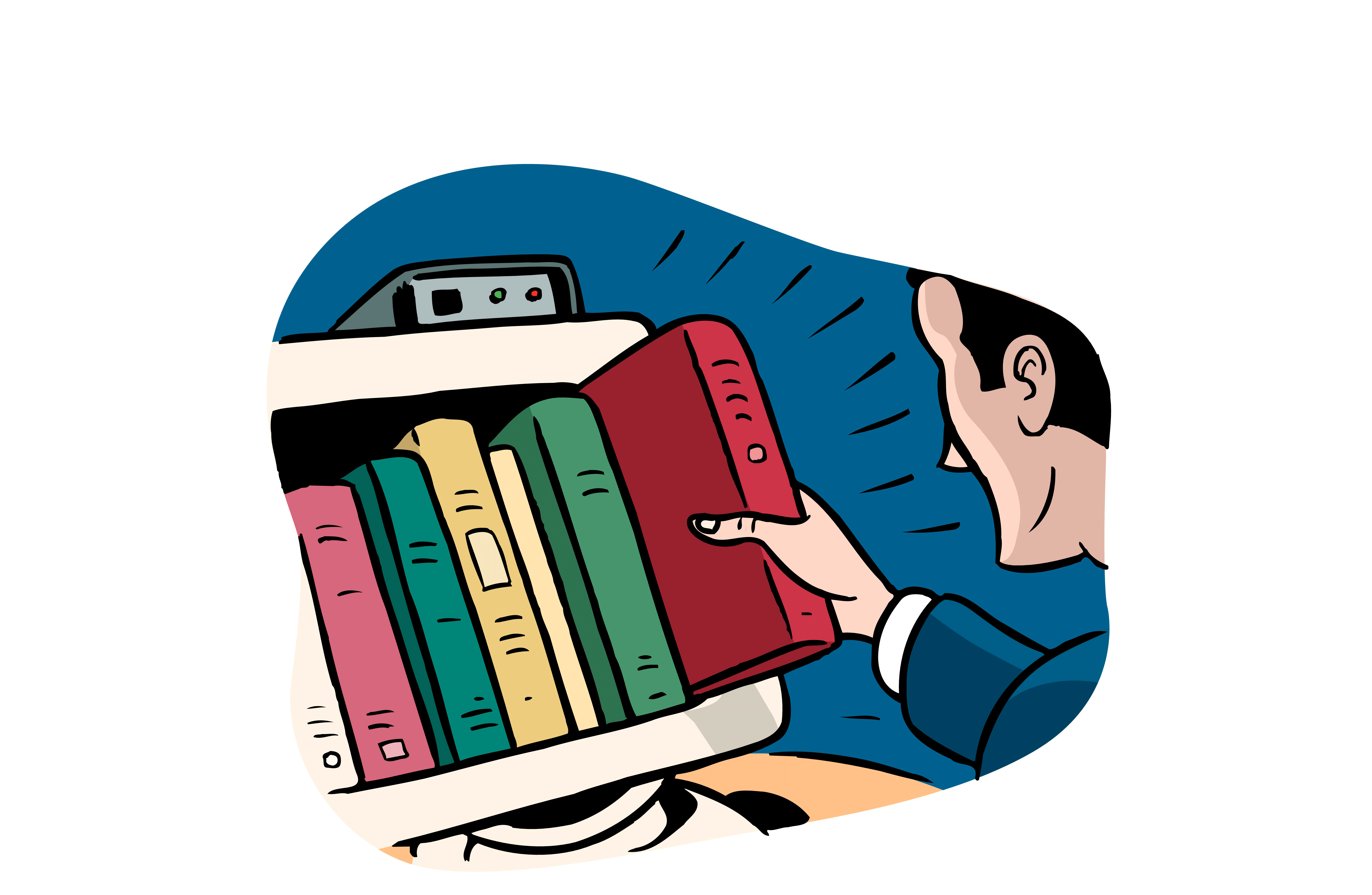The surprising innovations of your local librarians
These days, the doyennes of the Dewey Decimal System are doing ever so much more than just shelving books


Librarians these days are constantly expected to defend their profession's very relevance. They're pelted by rather impolite questions like, "Why do we use libraries when we have Google?" and "Who needs books when we have e-readers?"
Fayetteville Free Library executive director Sue Considine, for one, is sick of hearing it. Particularly because these lines of criticism are so unfounded. Because believe it or not, libraries — those old brick-and-mortar buildings filled with (gasp!) ink-on-paper books — are innovators who are providing a wide array of fresh new services to visitors young and old.
In fact, Considine's upstate New York public library is often credited with being the first in the U.S. to incorporate an innovative "makerspace" — essentially, an open-to-the-community, DIY workspace. The Fayetteville library now has three distinct makerspaces — one for fabrication (3D printing, jewelry making, sewing, and more), one for digital creation (video and podcast production), and one geared toward young children.
The Week
Escape your echo chamber. Get the facts behind the news, plus analysis from multiple perspectives.

Sign up for The Week's Free Newsletters
From our morning news briefing to a weekly Good News Newsletter, get the best of The Week delivered directly to your inbox.
From our morning news briefing to a weekly Good News Newsletter, get the best of The Week delivered directly to your inbox.
Indeed, the public perception of libraries doesn't match the ever-changing nature of the institutions themselves. In 2014, 75 percent of online users surveyed said "books" are the first thing that comes to mind when they think of libraries, as opposed to information, building, or reading, according to an Online Computer Library Center report. "We have a dominant brand, which is books," said Miguel Figueroa, director of the American Library Association's Center for the Future of Libraries. "It's really hard to shake that specific brand." Figueroa's job is to help librarians understand how they can tap into outside fields like technology, education, and economics to better serve their communities and balance their traditional reputations as places to read quietly.
There are a lot of cutting-edge changes at libraries: Red Box-style kiosks for borrowing books, digital badge award systems for summer reading, and makerspaces among them. And it all fits the long-time function of libraries. Investing in new technology is a continuation of something libraries have always strived for: providing training for and access to resources and information a lot of people couldn't otherwise afford.
"I think there's something bigger going on here then, 'Hey, we're doing some crafts,'" said John Burke, who serves as director of the Miami University Middletown's Gardner-Harvey Library and researches how public and academic libraries use makerspaces. Plenty of libraries now provide advanced tools for activities like 3D printing, coding, and video editing. The spaces aren't necessarily just for high-tech workshops, though — Burke said he's heard of librarians experimenting with bike repair workshops and cooking classes, too.
So far, the Fayetteville Free Library has certified more than 3,700 people in different fabrication skills, according to Considine. Among them are the stay-at-home dad who built a motion-activated switch to help his daughter with limited mobility, and an elderly woman who has grown her social circle by sewing with new friends, rather than alone at home as she had for years.
A free daily email with the biggest news stories of the day – and the best features from TheWeek.com
About 40 percent of Fayetteville's makerspace activities are now led by community members, not library staff. For Considine, these numbers and the individual success stories they hold show the impact libraries that value collaboration and creativity can have on their communities.
Much of the conversation surrounding libraries' relevance has centered on exactly how many people walk through the door each year. Patronage has inched downward in the past three years, but there's not enough data to show a trend, according to a Pew Research Center report. A more telling statistic might be that of the Americans ages 16 and up who Pew surveyed in the spring, 64 percent said they don't want to see libraries scale back their physical presence in communities. Even an e-book-only library, an institution that sounds apocalyptic to some diehard print fans, values its physical location.
"You do have those shocking moments where you feel like everything is changing or you feel like the library's abandoning print. I don't think that's anyone's goal," Burke said. "I think for the most part, what libraries are trying to do is to make that connection between people and information resources."
But in the end, the innovations themselves aren't what matter most.
"It's not about a 3D printer or a plaster printer or a sewing machine," Considine said. "It's not about the tools, it's about the people."
Julie Kliegman is a freelance writer based in New York. Her work has appeared in BuzzFeed, Vox, Mental Floss, Paste, the Tampa Bay Times and PolitiFact. Her cats can do somersaults.
-
 Hegseth rejects release of full boat strike footage
Hegseth rejects release of full boat strike footageSpeed Read There are calls to release video of the military killing two survivors of a Sept. 2 missile strike on an alleged drug trafficking boat
-
 ‘It’s another clarifying moment in our age of moral collapse’
‘It’s another clarifying moment in our age of moral collapse’Instant Opinion Opinion, comment and editorials of the day
-
 Trump vows naval blockade of most Venezuelan oil
Trump vows naval blockade of most Venezuelan oilSpeed Read The announcement further escalates pressure on President Nicolás Maduro
